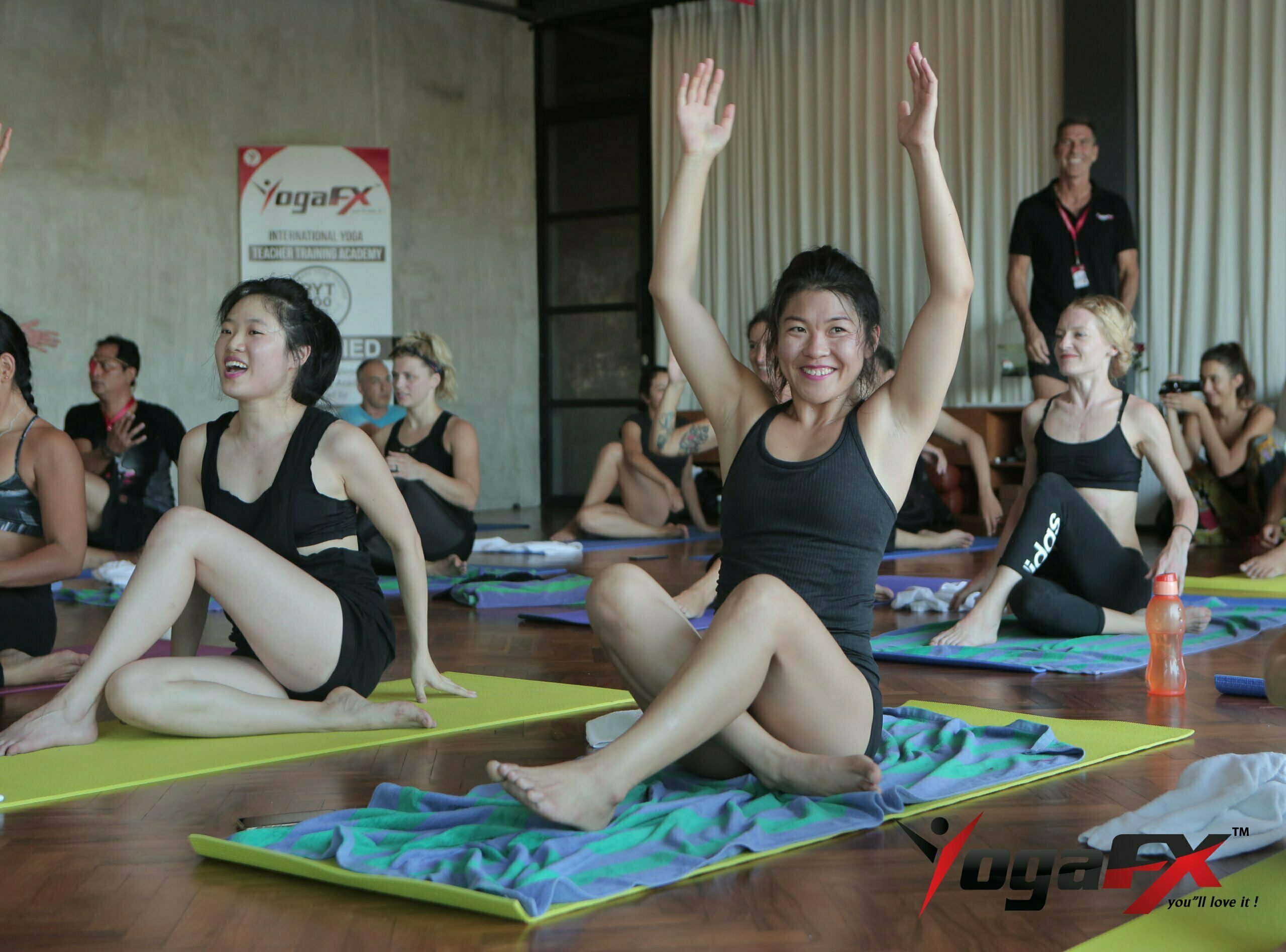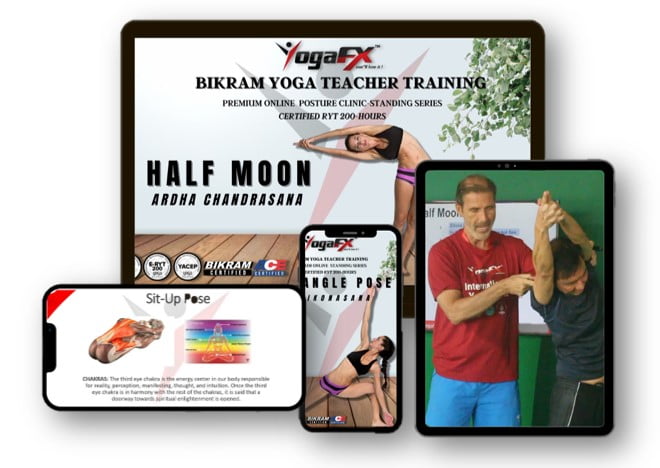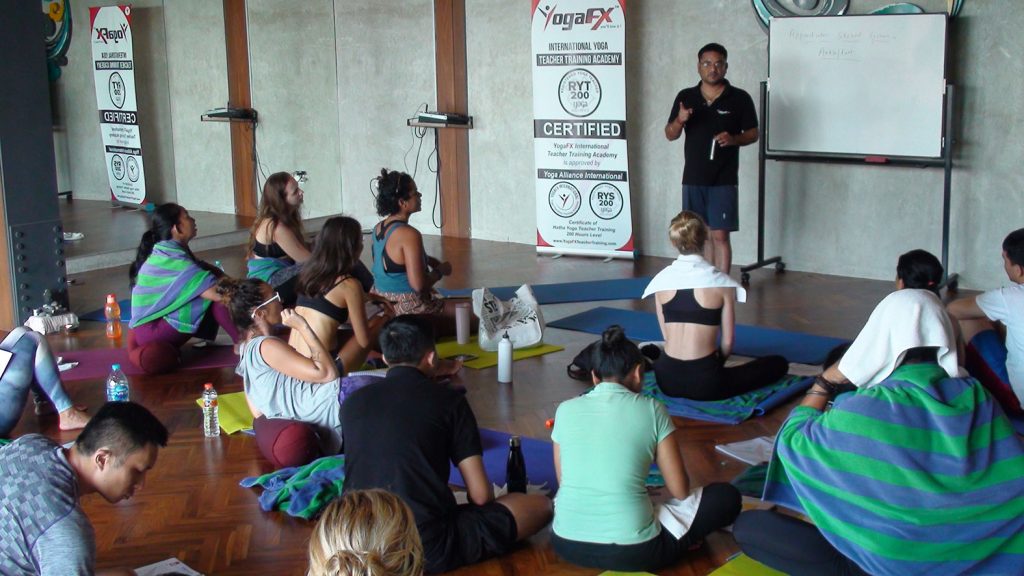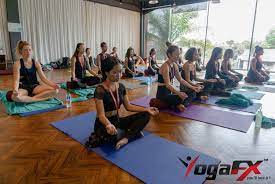Is hot yoga good for you? This is a common question among individuals seeking an effective and transformative yoga practice. In this article, we will explore the topic of hot yoga and provide you with insights into its benefits and considerations. Hot yoga has gained popularity for its unique combination of yoga postures and high-temperature environments. However, it’s essential to understand the potential benefits and factors to consider before engaging in this practice. Join us as we delve into the world of hot yoga, uncover its effects on the body and mind, and help you determine if it’s the right fit for your wellness journey.

What is Hot Yoga?
Hot yoga is a style of yoga practiced in a heated room, typically ranging from 90 to 105 degrees Fahrenheit. The heat is believed to enhance flexibility, promote sweating, and facilitate detoxification. One popular form of hot yoga is 26 and 2 yoga, also known as Bikram yoga, which consists of a sequence of 26 postures and 2 breathing exercises. The intense heat in hot yoga classes creates a challenging environment that can push practitioners to their physical and mental limits.
“Be Motivated By The Needs Of Others”
The Benefits of Hot Yoga
Hot yoga offers several potential benefits for both the body and mind. The heat in the room allows for increased flexibility and helps the muscles to stretch and release tension more effectively. The practice can also improve strength and cardiovascular health, as the heat elevates heart rate and intensifies the workout. In addition to the physical benefits, hot yoga can be mentally invigorating and help cultivate focus, discipline, and mindfulness. The combination of heat, intense postures, and mindful breathing can create a deeply transformative experience.
Practicing hot yoga can lead to improved flexibility as the heat allows the muscles to stretch more effectively. The increased temperature helps to warm up the body, making it easier to move into deeper stretches and achieve greater range of motion. Hot yoga also promotes detoxification through sweat. The elevated temperature induces sweating, which helps to flush out toxins from the body and purify the skin. This process can leave practitioners feeling refreshed and rejuvenated.
In terms of cardiovascular health, hot yoga provides a challenging workout that elevates heart rate and increases cardiovascular endurance. The combination of intense postures and the heated environment can improve circulation and cardiovascular function. This can lead to better cardiovascular fitness over time. Additionally, the heat in hot yoga can help to improve cardiovascular efficiency, as the body becomes more adept at regulating its temperature and managing heat stress.
The mental and emotional benefits of yoga are also significant. The intensity of the practice requires concentration and focus, which can help cultivate mental clarity and mindfulness. The heat and physical demands of yoga can create a meditative-like state, allowing practitioners to be fully present at the moment and cultivate a deeper mind-body connection. Many practitioners report feeling a sense of calm and relaxation after a yoga session, which can help reduce stress and improve overall well-being.
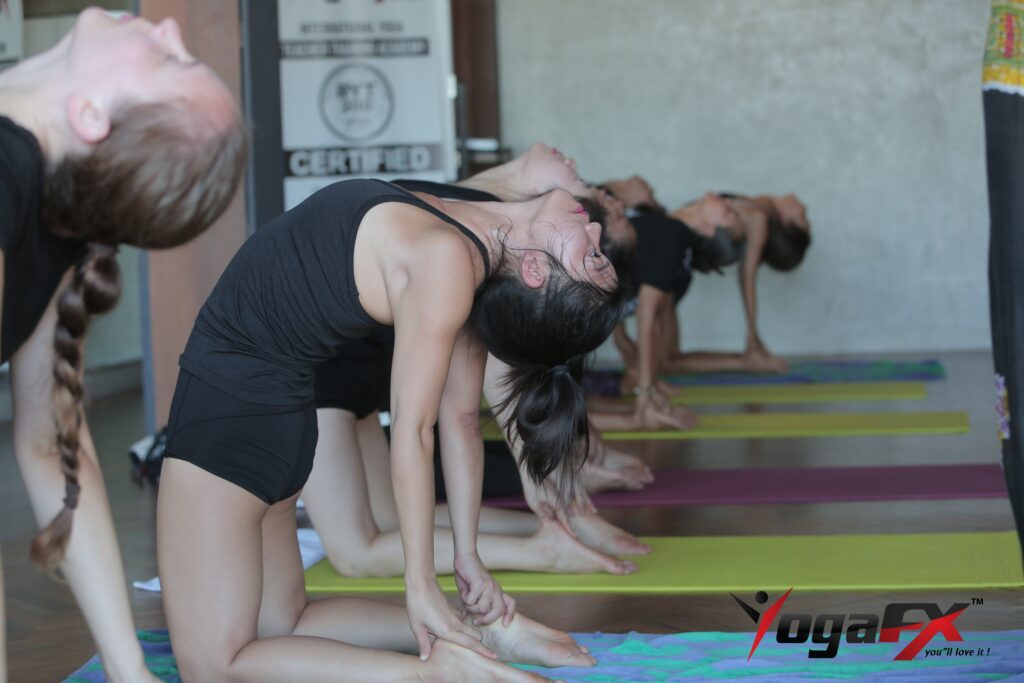
Considerations for Practicing Hot Yoga
While hot yoga can offer many benefits, it’s important to approach the practice with caution and consideration. It is crucial to consult with a healthcare professional before starting yoga, especially if you have any medical conditions or concerns. The intense heat can put additional stress on the body, making it necessary to listen to your body’s cues and take breaks as needed. Hydration is also key, as the heat can cause increased sweating and fluid loss. It’s important to drink plenty of water before, during, and after the practice to maintain proper hydration levels.
Practitioners should be aware of their personal limits and not push themselves too hard in the hot environment. It’s important to take breaks when needed, rest when feeling fatigued, and modify poses as necessary. Overexertion in a hot environment can lead to exhaustion, dehydration, and increased risk of injury. It’s essential to prioritize self-care and listen to the signals of your body throughout the practice.
Preparation and Hydration Tips for Yoga
To ensure a safe and enjoyable hot yoga practice, it’s essential to prepare adequately. Wear lightweight, breathable clothing that allows your body to cool down efficiently. Arrive at the class well-hydrated and consider bringing a water bottle to sip on throughout the practice. During the class, take breaks and hydrate as needed. Remember to listen to your body and modify or skip poses that feel too intense or uncomfortable. It’s important to prioritize self-care and honor your body’s limits.
Alternatives to Yoga
If hot yoga doesn’t align with your preferences or if you have specific concerns, there are alternatives to explore. Consider trying other yoga styles that offer similar benefits without the intense heat, such as power yoga or vinyasa flow. These styles can still provide a challenging workout and cultivate strength and flexibility without the added heat. It’s important to find a practice that resonates with you and supports your wellness goals.

Conclusion
In conclusion, hot yoga can offer a unique and transformative experience for practitioners. The combination of heat, challenging postures, and mindful breathing can provide numerous benefits for the body and mind. However, it’s essential to approach yoga with caution and consideration. Consult with a healthcare professional, listen to your body’s cues, and prioritize hydration. If you’re interested in specializing in the 26 and 2 yoga sequence, consider the 26 and 2 yoga teacher training offered by Mr. Ian YogaFX. This Yoga Alliance-certified program equips you with the necessary skills and knowledge to teach this specific style of yoga, known as Bikram YogaFX. Embrace the potential benefits of yoga while ensuring your safety and well-being on your yoga journey.

